Jewellery choices today carry more weight than ever before, as environmental consciousness shapes purchasing decisions across all lifestyle categories. When you select sustainable jewellery pieces, you’re making a statement about your values while reducing your environmental footprint. Understanding how to identify truly eco-friendly options requires knowledge of materials, manufacturing processes, and brand transparency. Your jewellery collection can reflect both your personal style and commitment to protecting the planet through informed choices that support ethical practices in the industry.
Eco-friendly jewellery: how to choose sustainable pieces
Eco-conscious consumers are increasingly seeking jewellery that aligns with their environmental values, making sustainable choices more important than ever. When you select eco-friendly pieces, you’re supporting responsible mining practices, reducing environmental impact, and often investing in higher-quality craftsmanship that lasts longer. Your jewellery choices can reflect your commitment to protecting the planet while still expressing your personal style. Understanding what makes jewellery truly sustainable empowers you to make informed decisions that benefit both your wardrobe and the environment.
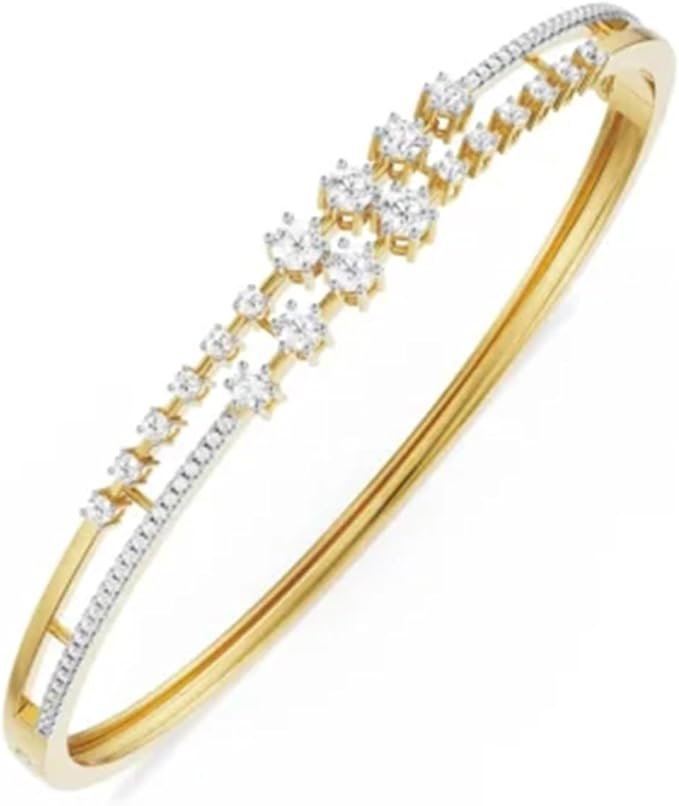
Selecting Materials with Integrity
Your choice of materials forms the foundation of any sustainable jewellery purchase. Recycled precious metals like gold and silver require 85% less energy to produce than newly mined alternatives, while lab-grown diamonds use approximately 250 million joules per carat compared to 538.5 million for mined stones. Ethically sourced gemstones from certified mines ensure fair labour practices and environmental rehabilitation. These material choices directly influence both the environmental footprint and social impact of your jewellery collection.
Identifying Sustainable Options
Look for specific material indicators that signal genuine sustainability. Fairmined gold carries third-party certification guaranteeing responsible mining practices, while recycled sterling silver often comes with documentation tracing its origins. Lab-grown gemstones display identical physical properties to natural stones but eliminate mining-related environmental damage. Vintage and antique pieces represent the ultimate in sustainable sourcing, giving existing materials new life without additional resource extraction.
Evaluating the Environmental Impact
Traditional gold mining generates approximately 20 tons of waste per single wedding ring, while recycled gold eliminates this entirely. Lab-grown diamonds produce just 0.028 pounds of carbon per carat versus 125 pounds for mined diamonds. Consider water usage too – conventional mining consumes vast quantities of freshwater, often contaminating local supplies with mercury and cyanide.
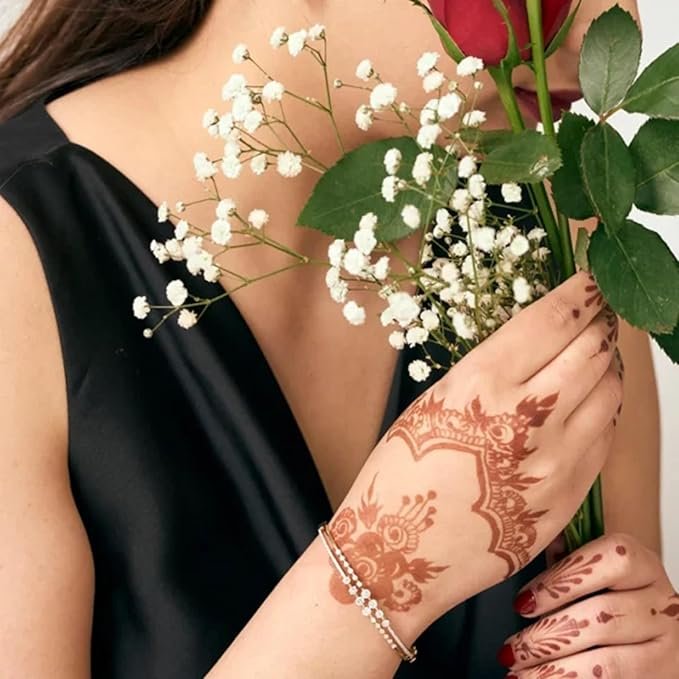
Beyond immediate production impacts, examine the long-term environmental consequences of your material choices. Mining operations frequently leave behind acid mine drainage that can pollute waterways for decades, while deforestation for access roads destroys biodiversity permanently. Recycled materials and lab-grown alternatives avoid these lasting environmental scars entirely. Additionally, transportation emissions vary significantly – locally sourced recycled metals generate minimal shipping carbon compared to stones mined in remote locations and transported globally. Your material selection ripples through ecosystems for generations, making informed choices crucial for meaningful environmental stewardship.
Choosing the Right Materials
Your material choices form the foundation of sustainable jewellery selection. Recycled gold and silver eliminate the need for new mining operations, while lab-grown diamonds offer identical beauty to mined stones with 85% less environmental impact. Alternative metals like titanium and stainless steel provide durability without the ecological footprint of traditional precious metals. Vintage and antique pieces give existing materials new life, reducing demand for freshly extracted resources while adding unique character to your collection.
Recognizing Eco-friendly Alternatives
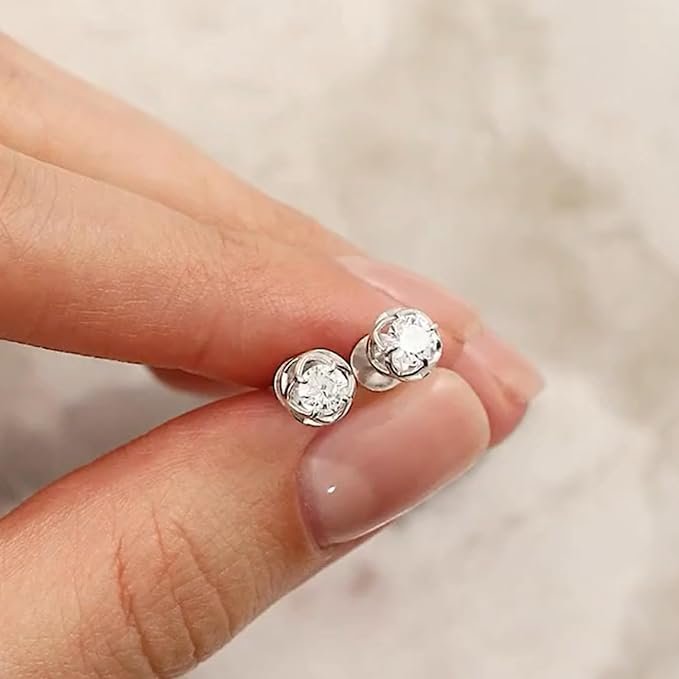
Lab-grown gemstones now match their natural counterparts in quality and appearance, with emeralds, sapphires, and rubies created using significantly less water and energy than mining requires. Recycled precious metals maintain their purity and value while reducing carbon emissions by up to 300 times compared to newly mined alternatives. Ethically sourced materials carry certifications like Fairmined gold or Kimberley Process diamonds, ensuring your purchase supports responsible extraction practices and fair labor conditions.
Understanding the Impact of Mining and Sourcing
Traditional gold mining generates 20 tons of toxic waste for every wedding ring produced, while diamond mining displaces entire ecosystems and communities. Artisanal mining operations often involve child labor and unsafe working conditions, particularly in developing nations where regulatory oversight remains limited. Your purchasing decisions directly influence these practices, making material selection a powerful tool for positive change.
Gold extraction alone accounts for 11% of global mercury pollution, contaminating water sources that millions depend on for drinking and agriculture. A single one-carat diamond requires moving 250 tons of earth, destroying habitats and leaving permanent scars on landscapes. Small-scale mining operations in Africa and South America frequently operate without environmental protections, leading to deforestation rates 6 times higher than in protected areas. The social cost extends beyond environmental damage – mining communities often face displacement, health issues from toxic exposure, and economic exploitation where profits rarely benefit local populations. Choosing recycled materials or lab-grown alternatives breaks this cycle, supporting innovation in sustainable production methods while preserving natural ecosystems for future generations.
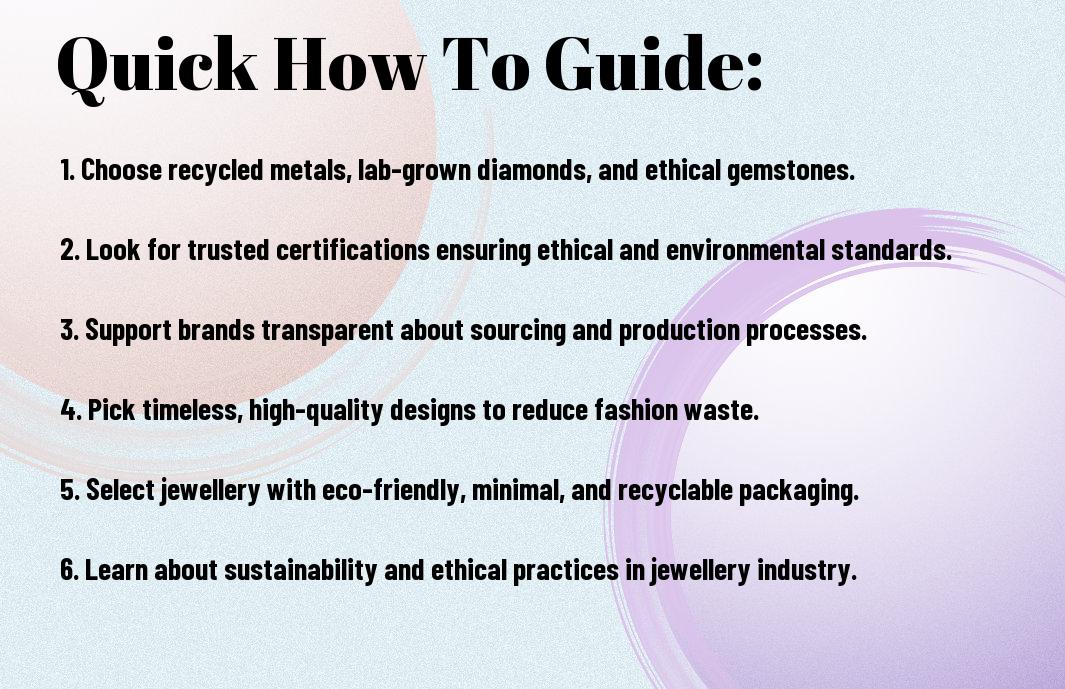
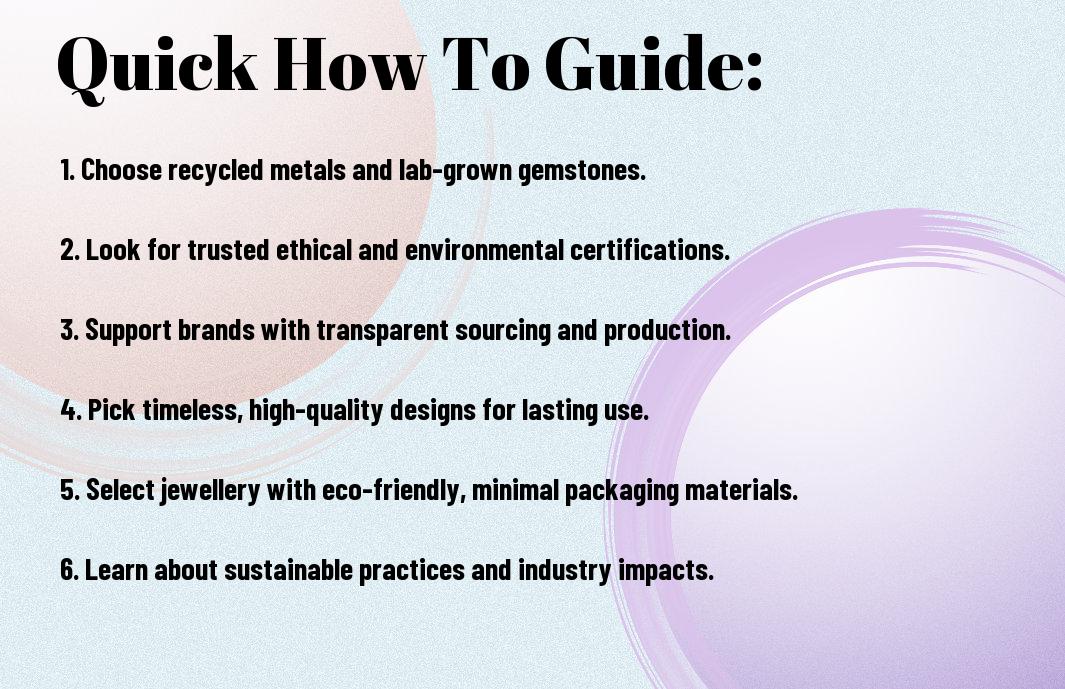
Certifications: The Seal of Authenticity
Third-party certifications serve as your roadmap through the complex landscape of sustainable jewellery claims. These independent verification systems cut through marketing noise by establishing measurable standards for environmental impact, labour practices, and material sourcing. Certified pieces undergo rigorous auditing processes that track the journey from mine to market, ensuring your purchase aligns with genuine sustainability principles rather than greenwashing tactics.
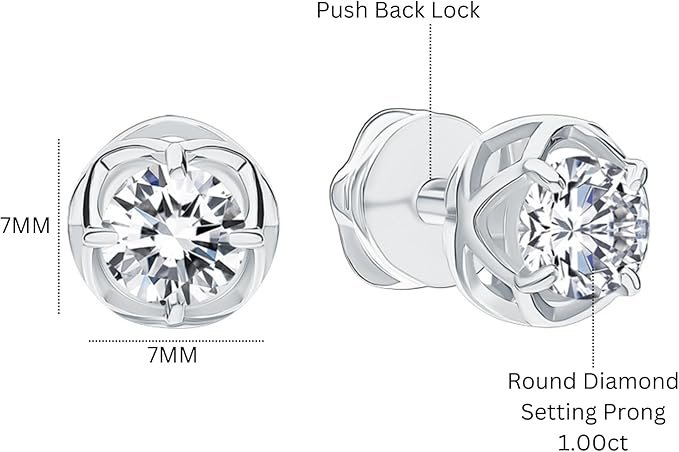
Understanding Eco-Certifications
The Responsible Jewellery Council (RJC) leads the industry with comprehensive standards covering human rights, environmental protection, and business ethics throughout the supply chain. Fairmined certification guarantees that precious metals come from small-scale mining operations that meet strict social and environmental criteria, while the Kimberley Process prevents conflict diamonds from entering the market. Each certification addresses specific sustainability challenges, from worker safety to ecosystem preservation.
Why They Matter for Consumers
Certifications transform vague sustainability promises into verifiable commitments backed by documented evidence. You gain access to detailed information about your jewellery’s origin story, including the specific mines, refineries, and workshops involved in its creation. This transparency empowers you to make purchasing decisions based on concrete data rather than brand marketing claims.
Beyond transparency, certified jewellery often commands higher resale values due to documented provenance and ethical sourcing. Insurance companies increasingly recognise certified pieces as lower-risk investments, potentially reducing your premium costs. Additionally, many certified suppliers reinvest profits into community development projects, meaning your purchase directly funds education, healthcare, and infrastructure improvements in mining regions. The RJC reports that certified members have invested over $2.8 billion in community development since 2019, demonstrating the tangible impact of your conscious consumer choices.
Certifications that Matter
Third-party certifications serve as your roadmap through the complex landscape of sustainable jewellery claims. These independent verifications cut through marketing noise and provide concrete evidence that your chosen pieces meet rigorous environmental and ethical standards. Certified jewellery undergoes extensive auditing processes that trace materials from source to finished product, ensuring transparency at every stage of production.
Key Certifications to Look For
The Responsible Jewellery Council (RJC) certification stands as the gold standard, covering responsible business practices from mining to retail. Fairmined certification guarantees that precious metals come from artisanal and small-scale mining operations that meet strict social and environmental criteria. For diamonds, look for Kimberley Process certification, which prevents conflict diamonds from entering the legitimate trade, while SCS Global Services provides comprehensive sustainability assessments for jewellery brands.
Decoding Labelling and Claims
Marketing terms like “eco-friendly,” “sustainable,” and “ethical” appear frequently on jewellery labels, but these buzzwords don’t always translate to meaningful environmental action. Genuine sustainable brands back their claims with specific certifications, detailed sourcing information, and quantifiable environmental impact data rather than vague promises.
Greenwashing remains prevalent in the jewellery industry, with some brands using misleading language to appear more sustainable than they actually are. Look beyond surface-level claims and examine the evidence behind sustainability statements. Authentic eco-friendly brands provide detailed information about their supply chain, publish annual sustainability reports, and openly discuss both their achievements and ongoing challenges. They’ll specify the percentage of recycled materials used, name their certified suppliers, and provide concrete examples of their environmental initiatives. Be particularly wary of brands that use terms like “natural” or “pure” without context, as these words don’t necessarily indicate sustainable practices. Instead, focus on companies that provide third-party verification, detailed material sourcing information, and clear metrics about their environmental impact reduction efforts.
Transparency in Production: The Brand’s Promise
Authentic sustainable brands openly share their production journey, from mine to market. Look for companies that publish detailed sustainability reports, provide supplier information, and offer traceability for their materials. Brands like Brilliant Earth and Mejuri have set industry standards by publishing annual impact reports that detail their carbon footprint, waste reduction efforts, and community initiatives. Your ability to trace a piece’s journey from raw material to finished product indicates a brand’s genuine commitment to transparency rather than superficial greenwashing.
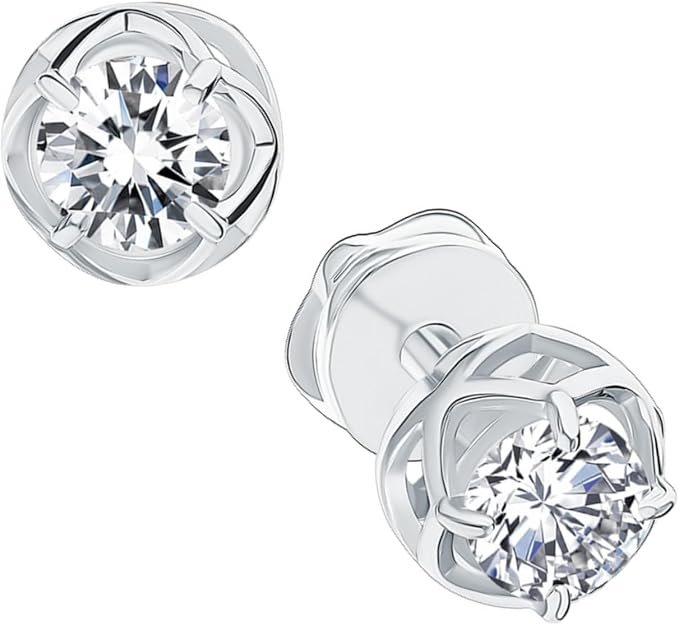
Researching a Brand’s Practices
Start your research by examining a brand’s website for dedicated sustainability pages, impact reports, and supplier partnerships. Check independent review platforms and certification bodies for third-party validation of their claims. Social media channels often reveal behind-the-scenes production processes and community engagement efforts. Brands genuinely committed to sustainability typically showcase their workshops, artisan partnerships, and environmental initiatives through regular content updates and detailed documentation of their practices.
The Importance of Ethical Supply Chains
Ethical supply chains ensure fair wages, safe working conditions, and environmental protection throughout the production process. Brands with ethical supply chains maintain direct relationships with miners, gemstone cutters, and artisans, often supporting local communities through fair trade partnerships. Companies like Pandora have committed to using only recycled silver and gold by 2025, while maintaining strict supplier codes of conduct that prohibit child labor and environmental damage.
Supply chain transparency becomes particularly significant when you consider that traditional gold mining can generate up to 20 tons of waste for every wedding ring produced. Ethical brands address this through partnerships with certified mines that follow responsible extraction practices, or by sourcing exclusively recycled metals. Many sustainable jewelers now work directly with artisanal mining cooperatives that provide fair wages and safe working conditions, while implementing environmental restoration programs. Brands like Chopard have pioneered the “Journey to Sustainable Luxury” initiative, ensuring 100% of their gold supply comes from responsible sources, demonstrating how transparency creates accountability throughout the entire production chain.
Transparency in Brand Practices
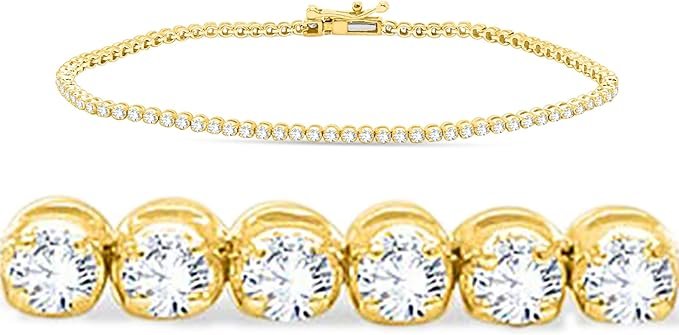
Authentic transparency goes beyond marketing buzzwords and requires brands to openly share their complete supply chain journey. You can identify genuinely transparent companies by their willingness to provide specific details about their sourcing locations, worker conditions, and environmental impact measurements. Look for brands that publish annual sustainability reports, provide third-party audit results, and offer direct contact with their sourcing teams. Companies practicing true transparency will readily answer detailed questions about their processes and won’t hide behind vague statements about “ethical practices.”
Evaluating Ethical Supply Chains
Examine whether brands can trace their materials from mine to market, providing documented proof of fair labor practices and environmental compliance at each stage. Ethical supply chains feature direct relationships with miners and artisans, regular third-party audits, and clear documentation of working conditions. You should be able to find information about worker wages, safety protocols, and community impact programs. Brands with robust ethical supply chains often showcase partnerships with certified mines and provide detailed supplier lists on their websites.
Researching Brand Histories and Missions
Investigate how long companies have been committed to sustainable practices rather than those jumping on recent trends. Established sustainable brands typically have consistent messaging across multiple years, documented progress reports, and concrete achievements in environmental and social responsibility. Look for founders’ backgrounds in sustainability, partnerships with environmental organizations, and measurable goals with published timelines. Brands with authentic missions often share stories of challenges they’ve overcome and lessons learned throughout their sustainability journey.
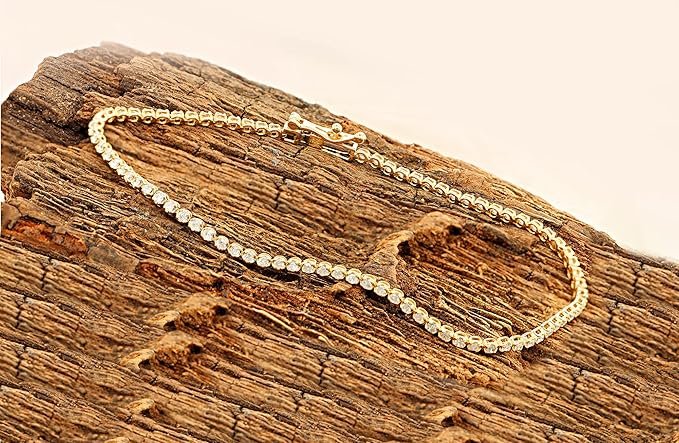
Dig deeper into brand histories by examining their evolution over time through archived website content, press releases, and industry publications. Companies that have genuinely committed to sustainability will show consistent messaging and gradual improvements in their practices, rather than sudden shifts in marketing language. Check if their sustainability initiatives align with major business decisions – for instance, whether they’ve refused profitable opportunities that conflicted with their values. Look for evidence of investment in sustainable infrastructure, long-term partnerships with ethical suppliers, and involvement in industry reform initiatives. Authentic brands often face criticism and openly address shortcomings, showing their commitment to continuous improvement rather than perfection.
Quality Over Trend: The Case for Timelessness
Fast fashion’s grip on jewellery has created a cycle of disposable accessories that burden landfills and fuel unsustainable mining practices. Breaking free from this pattern means shifting your focus toward pieces that transcend seasonal trends and fleeting style moments. Timeless jewellery reduces environmental impact by eliminating the need for frequent replacements, while classic designs like tennis bracelets, pearl studs, and simple gold chains maintain their appeal across decades. Your investment in enduring styles directly counters the throwaway culture that has made jewellery one of the fastest-growing waste categories globally.
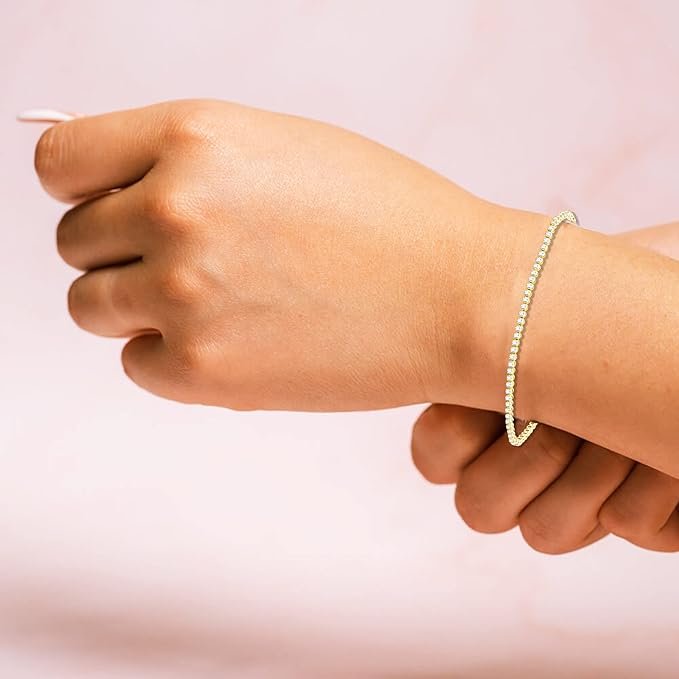
Recognizing Lasting Designs
Geometric shapes, clean lines, and minimalist settings have remained fashionable for over a century, proving their staying power in your jewellery collection. Pieces featuring symmetrical patterns, classic proportions, and understated elegance consistently outlast ornate, heavily embellished designs that reflect specific time periods. Study vintage jewellery from the 1920s through 1980s to identify recurring motifs simple hoops, delicate chains, and solitaire settings appear repeatedly across eras. Your eye for these enduring elements develops as you observe which designs feel fresh regardless of current fashion cycles.
Investing in Durable Craftsmanship
Hand-forged settings, reinforced prong work, and solid metal construction separate heirloom-quality pieces from mass-produced alternatives that deteriorate within years. Master jewellers spend 15-20 hours crafting a single ring using traditional techniques like milgrain detailing and hand-engraving, compared to machine-made pieces completed in under two hours. Your investment in superior craftsmanship means choosing pieces with thicker metal gauges, secure stone settings, and finished backs that won’t wear thin or break under daily use.
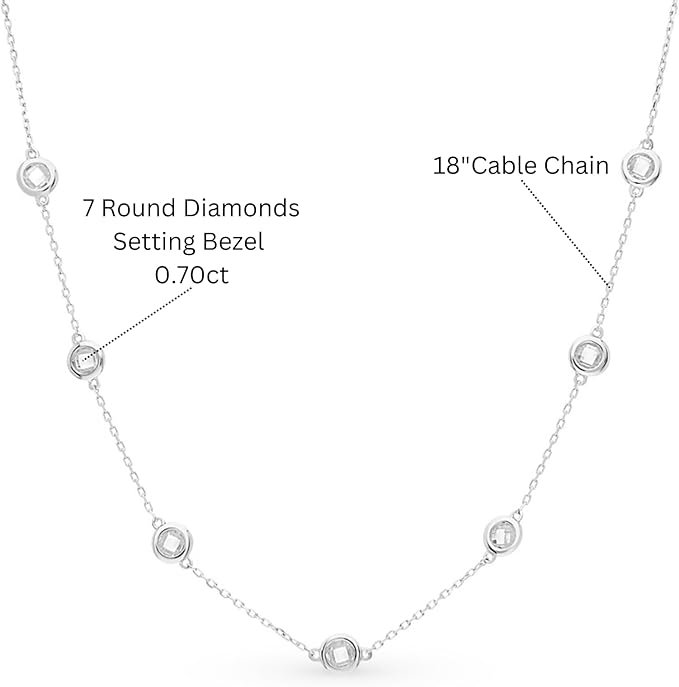
Artisan-crafted jewellery often features hallmarks indicating metal purity, maker’s marks, and construction details that mass-produced pieces lack. Examine the underside of rings and clasps on necklaces—quality pieces show smooth finishes, properly soldered joints, and substantial weight that reflects solid construction rather than hollow or plated alternatives. Your trained eye can spot the difference between hand-finished bezels that sit flush against stones versus machine-set pieces with visible gaps or uneven pressure. Master craftspeople also use techniques like laser welding for invisible repairs and hand-polishing that creates depth in metal surfaces, ensuring your pieces maintain their beauty through decades of wear while supporting traditional skills passed down through generations of artisans.
The Value of Timelessness and Quality
Fast fashion has infiltrated the jewellery industry, creating a cycle of disposable accessories that burden our planet with unnecessary waste. Your choice to prioritize timeless designs and superior craftsmanship directly counters this trend. Well-made pieces can last decades or even centuries, passing from generation to generation while maintaining their beauty and structural integrity. This longevity transforms your purchase from a temporary accessory into a lasting investment that reduces environmental impact over time.
Investing in Enduring Designs
Classic silhouettes like tennis bracelets, pearl strands, and simple gold bands have remained fashionable for over a century, proving their staying power. These designs transcend seasonal trends and complement evolving personal styles throughout your lifetime. By selecting pieces with clean lines and understated elegance, you build a collection that works across decades rather than months, significantly reducing your need for frequent replacements and minimizing your environmental footprint.
Spotting High-Quality Craftsmanship
Professional finishing reveals itself in seamless joints, uniform prong settings, and smooth edges that feel comfortable against your skin. Quality pieces feature secure clasps that close with satisfying precision, while settings hold stones firmly without visible gaps or wobbling. Examine the metal surface for consistent color and texture high-grade pieces maintain their luster without revealing base metals through thin plating.
Master craftspeople employ techniques like hand-engraving, milgrain detailing, and perfectly aligned stone pavé that machines cannot replicate with the same precision. Look for hallmarks stamped clearly into the metal, indicating the exact gold or silver content 14k, 18k, or sterling silver markings guarantee authenticity. Superior pieces also demonstrate thoughtful construction details like reinforced stress points where chains connect to pendants, and bezels that protect stone edges from chipping. These quality indicators ensure your jewellery withstands daily wear while maintaining its original beauty for years to come.
Conscious Consumption: Rethinking Packaging
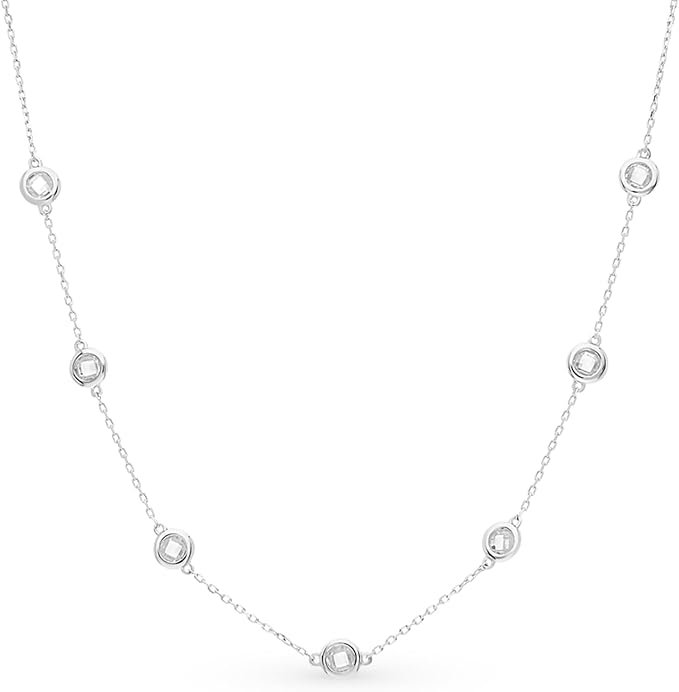
Packaging decisions reveal a brand’s true environmental commitment beyond their marketing claims. Traditional jewellery packaging generates approximately 2.3 million tonnes of waste annually across the luxury goods sector, with velvet boxes, plastic inserts, and excessive wrapping contributing significantly to landfill accumulation. Your purchasing power can drive meaningful change by supporting brands that prioritize sustainable packaging solutions, from seed paper boxes that bloom into wildflowers to modular designs that transform into storage solutions.
The Role of Eco-Friendly Packaging
Biodegradable materials like mushroom-based packaging and recycled ocean plastic are revolutionizing how jewellery reaches your hands. Forward-thinking brands now utilize packaging made from agricultural waste, such as wheat straw and bamboo fiber, which decompose within 90 days compared to traditional materials that persist for centuries. These innovations protect your jewellery just as effectively while eliminating the environmental guilt associated with beautiful but wasteful presentation boxes.
Minimizing Waste in Your Purchase
Smart purchasing strategies can dramatically reduce packaging waste without compromising your unboxing experience. Choose brands offering packaging-free options for online orders, request consolidated shipping for multiple items, and select retailers that provide digital certificates instead of printed documentation. Many sustainable jewellers now offer “naked” shipping in simple recyclable mailers, reducing packaging volume by up to 75% while maintaining product security.
Your post-purchase choices matter equally in waste reduction efforts. Repurpose jewellery boxes as gift containers or storage solutions rather than discarding them immediately. Many packaging materials can serve secondary functions – transform ribbon into gift wrapping, use tissue paper for delicate item storage, or donate sturdy boxes to local artisans who need presentation materials. Some brands even offer take-back programs where you can return packaging for proper recycling or reuse, creating a circular economy that extends your environmental impact beyond the initial purchase decision.
Sustainable Packaging Choices
Your jewellery’s environmental impact extends far beyond the piece itself – the packaging materials used for shipping and presentation play a significant role in your purchase’s overall sustainability footprint. Traditional jewellery packaging often relies heavily on non-recyclable plastics, foam inserts, and excessive layers of wrapping that contribute to landfill waste. Smart consumers now examine packaging practices alongside material sourcing, recognising that truly sustainable brands consider every aspect of their product delivery.
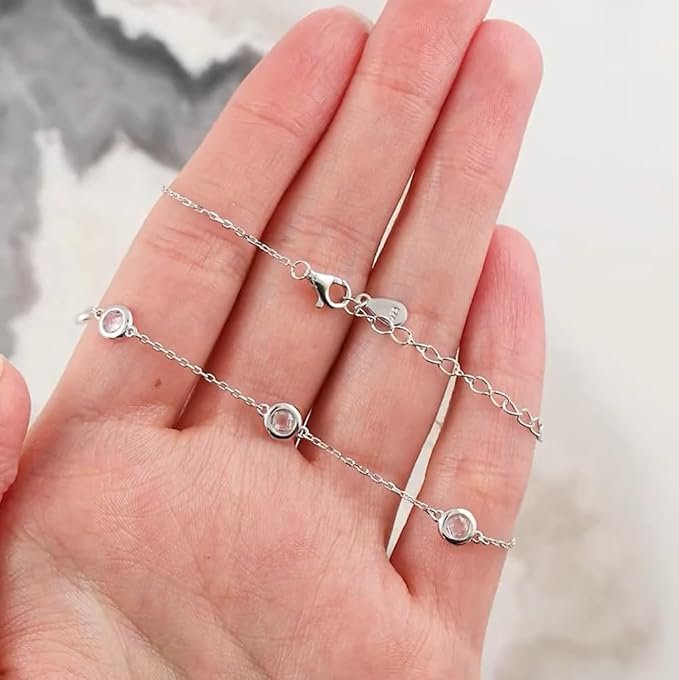
The Importance of Eco-conscious Packaging
Packaging waste accounts for approximately 30% of total waste in developed countries, with jewellery boxes and shipping materials contributing significantly to this figure. Your choice to support brands using recycled cardboard, biodegradable foam alternatives, and minimal plastic components directly reduces demand for virgin materials and decreases landfill burden. Sustainable packaging also demonstrates a brand’s genuine commitment to environmental responsibility rather than surface-level marketing claims.
Brands Leading the Way in Sustainable Delivery
Forward-thinking jewellery companies now utilise innovative packaging solutions including mushroom-based foam, seed paper gift cards, and boxes made from 100% post-consumer recycled materials. These brands often incorporate reusable elements like fabric pouches or wooden boxes that serve long-term storage purposes, eliminating single-use waste entirely.
Several pioneering companies have revolutionised their packaging approach by partnering with sustainable material innovators. Pandora eliminated plastic bags from their stores globally, saving 8 tonnes of plastic annually, while Tiffany & Co. sources their iconic blue boxes from responsibly managed forests certified by the Forest Stewardship Council. Smaller artisan brands often lead innovation in this space, using locally-sourced materials like hemp fiber inserts, soy-based inks for printing, and compostable protective wrapping made from cornstarch. These companies frequently offer packaging-free delivery options or encourage customers to return boxes for reuse, creating circular economy models that minimise environmental impact while maintaining the luxury unboxing experience.
Empowering Yourself Through Knowledge
Knowledge transforms you from a passive consumer into an empowered advocate for sustainable practices. Understanding the environmental impact of traditional mining which can use up to 1,770 tons of earth to produce a single gold ring helps you appreciate why recycled metals matter. Research reveals that lab-grown diamonds require 85% less water and produce 97% fewer carbon emissions than mined alternatives. Your informed choices send powerful market signals that drive industry-wide change toward more sustainable practices.
Resources for Sustainable Jewellery Education
Several organizations provide reliable information about sustainable jewellery practices. The Responsible Jewellery Council offers comprehensive guides on ethical sourcing, while the Fairmined Foundation maintains detailed databases of certified suppliers. Environmental organizations like Earthworks publish annual reports tracking mining impacts, and certification bodies such as SCS Global Services provide transparency tools. Following industry publications and attending virtual sustainability webinars helps you stay current with evolving standards and emerging eco-friendly technologies.
Making Informed Choices
Your purchasing decisions carry weight beyond personal satisfaction they influence supply chains, labor practices, and environmental policies. Each sustainable piece you choose supports artisans using ethical practices while reducing demand for environmentally destructive mining operations. Research shows that consumers willing to pay premiums for sustainable jewellery have increased by 73% since 2019, demonstrating how collective informed choices reshape entire industries toward more responsible practices.
Building your knowledge base requires examining multiple factors before each purchase. Compare the carbon footprint of different materials recycled gold produces 99.8% fewer emissions than newly mined gold, while lab-grown gemstones eliminate the habitat destruction associated with traditional mining. Investigate brand transparency by reviewing their sustainability reports, third-party certifications, and supply chain documentation. Consider the longevity of your investment: high-quality sustainable pieces retain value better than mass-produced alternatives, making them financially and environmentally sound choices. Your research time directly correlates with your ability to support genuinely sustainable practices rather than greenwashing marketing tactics.
Empowering Yourself through Knowledge
Knowledge transforms you from a passive consumer into an informed advocate for sustainable practices. Understanding the environmental and social impacts of traditional jewellery production – from mercury pollution in artisanal mining to the carbon footprint of diamond extraction – enables you to make purchases that align with your values. Your informed choices create ripple effects throughout the industry, encouraging more brands to adopt sustainable practices and transparent supply chains.
Staying Informed on Sustainable Practices
Following industry publications like JCK Magazine and Rapaport reveals emerging sustainable technologies and certification updates. Subscribe to newsletters from organizations like the Responsible Jewellery Council and Fairmined to track new ethical mining initiatives. Social media accounts of sustainable jewellery brands often share behind-the-scenes content about their sourcing practices, giving you real-time insights into how your favorite pieces are created responsibly.
Making Conscious Consumption Choices
Each purchase decision becomes an opportunity to vote with your wallet for the kind of industry you want to support. Research shows that 73% of millennials are willing to pay more for sustainable products, demonstrating the growing power of conscious consumers. Your choice to buy lab-grown diamonds over mined stones, or selecting vintage pieces over newly manufactured items, directly reduces environmental impact while supporting ethical business models.
Building a sustainable jewellery collection requires shifting from impulse buying to intentional purchasing. Create a wishlist of pieces that complement your existing collection, focusing on versatile designs that work across multiple occasions. Consider the cost-per-wear ratio – a higher-priced sustainable piece worn frequently often provides better value than multiple cheaper alternatives. Track your purchases to identify patterns in your buying habits, helping you recognize whether you’re truly adding meaningful pieces to your collection or simply accumulating items. This mindful approach extends the lifecycle of each piece while reducing overall consumption.
Summing up
With this in mind, choosing eco-friendly jewellery involves prioritizing recycled materials, certified ethical sourcing, and transparent brand practices. By selecting timeless designs from companies committed to sustainable packaging and production methods, you can build a collection that reflects your values while minimizing environmental impact. Your informed choices support positive change in the jewellery industry, proving that beautiful accessories and environmental responsibility can work hand in hand for a more sustainable future.
Final Words
Hence, selecting eco-friendly jewellery requires your attention to materials, certifications, brand transparency, and timeless design. By prioritizing recycled metals, lab-grown stones, and ethically sourced gemstones, you actively contribute to reducing environmental impact. Your choice to support transparent brands with sustainable packaging demonstrates commitment to responsible consumption. When you invest in high-quality, classic pieces rather than fast fashion alternatives, you ensure longevity while minimizing waste. Through educating yourself about industry practices and making informed decisions, you become part of the solution toward a more sustainable jewellery industry that aligns with your values.
FAQ
Q: What materials should I look for when choosing eco-friendly jewellery?
A: When choosing sustainable jewellery, prioritize pieces made from recycled metals like recycled gold, silver, or platinum, which reduce the need for new mining operations. Lab-grown diamonds and gemstones are excellent alternatives to mined stones, as they have a significantly lower environmental impact. Additionally, look for ethically sourced natural gemstones that come with proper certification. Some brands also use alternative materials like reclaimed wood, recycled glass, or even ocean plastic in their designs. Avoid pieces that contain conflict minerals or materials sourced from environmentally destructive mining practices.
Q: How can I verify that a jewellery brand is truly sustainable and not just greenwashing?
A: To identify genuinely sustainable brands, look for third-party certifications such as Responsible Jewellery Council (RJC) certification, Fairmined certification for metals, or Kimberley Process certification for diamonds. Examine the brand’s website for detailed information about their supply chain, sourcing practices, and environmental policies. Authentic sustainable brands will be transparent about their manufacturing processes, provide traceability information for their materials, and often publish sustainability reports. Be wary of vague claims like “eco-friendly” without specific details or certifications to back them up.
Q: Is vintage or second-hand jewellery a good sustainable option?
A: Yes, vintage and second-hand jewellery represents one of the most sustainable choices you can make. Purchasing pre-owned pieces eliminates the need for new mining and manufacturing, significantly reducing environmental impact. Vintage jewellery often features superior craftsmanship and unique designs that stand the test of time. When buying second-hand, ensure pieces are authenticated and in good condition. Consider having vintage pieces professionally cleaned or restored if needed. Estate sales, reputable vintage dealers, and certified pre-owned programmes from established jewellers are excellent sources for sustainable vintage pieces.
Q: What questions should I ask jewellery retailers about their sustainability practices?
A: Ask retailers about the origin of their materials, including whether metals are recycled and if gemstones are lab-grown or ethically sourced. Inquire about certifications they hold and request documentation proving their sustainability claims. Question their manufacturing processes, labor practices, and whether they conduct regular audits of their supply chain. Ask about their packaging materials and whether they offer recycling programmes for old jewellery. A truly sustainable retailer will welcome these questions and provide comprehensive answers, while those practicing greenwashing may give vague or evasive responses.
Q: How can I make my existing jewellery collection more sustainable?
A: Extend the life of your current jewellery through proper care and maintenance, including regular cleaning and safe storage to prevent damage. Consider having damaged pieces professionally repaired rather than replacing them. Repurpose or redesign outdated pieces by working with a jeweller to create new designs using existing materials. When you no longer want certain pieces, sell them, donate to charity, or trade them in through retailer programmes rather than discarding them. Some jewellers offer services to melt down old gold or silver pieces to create new custom designs, giving your materials a second life while avoiding new mining.
